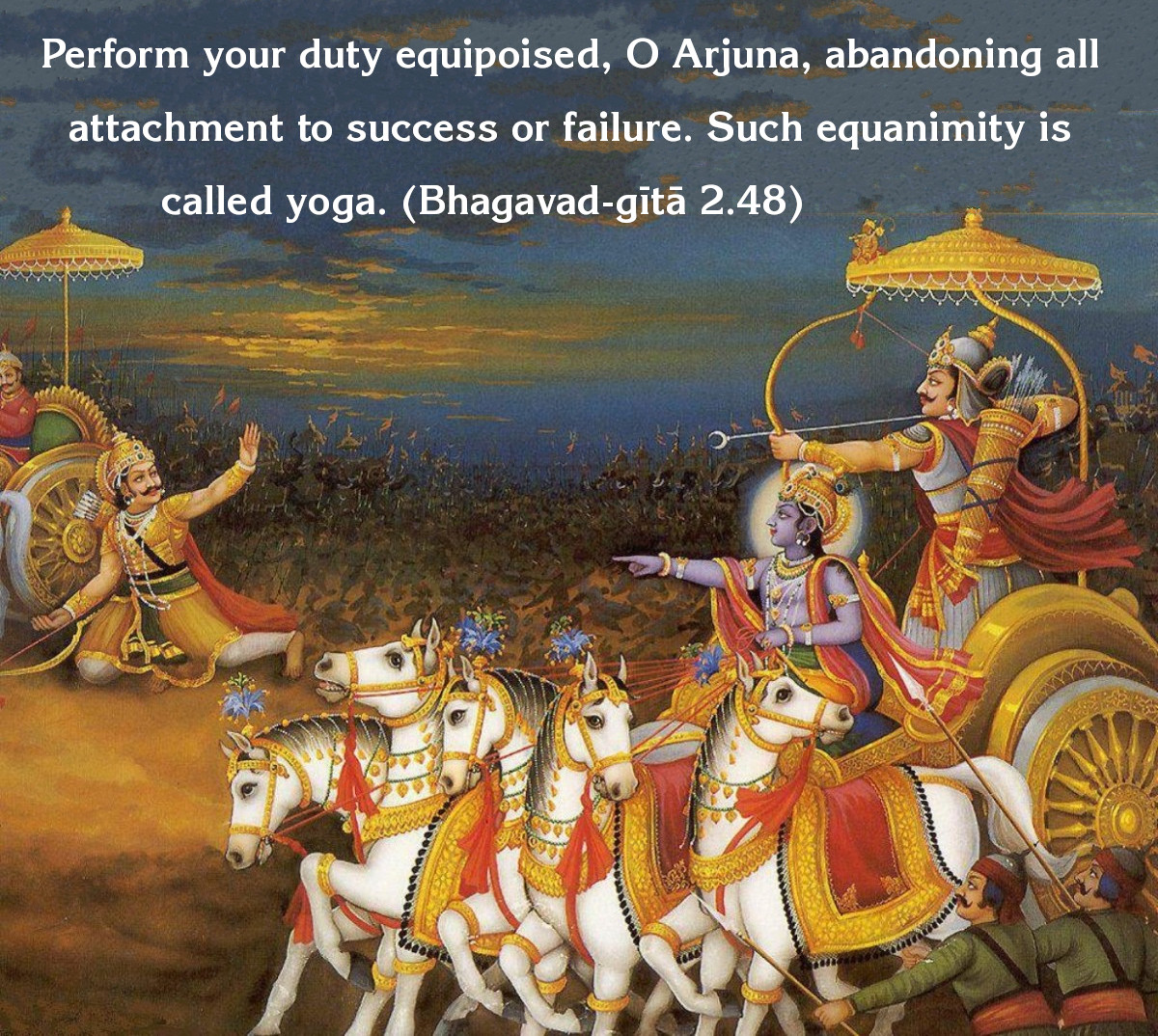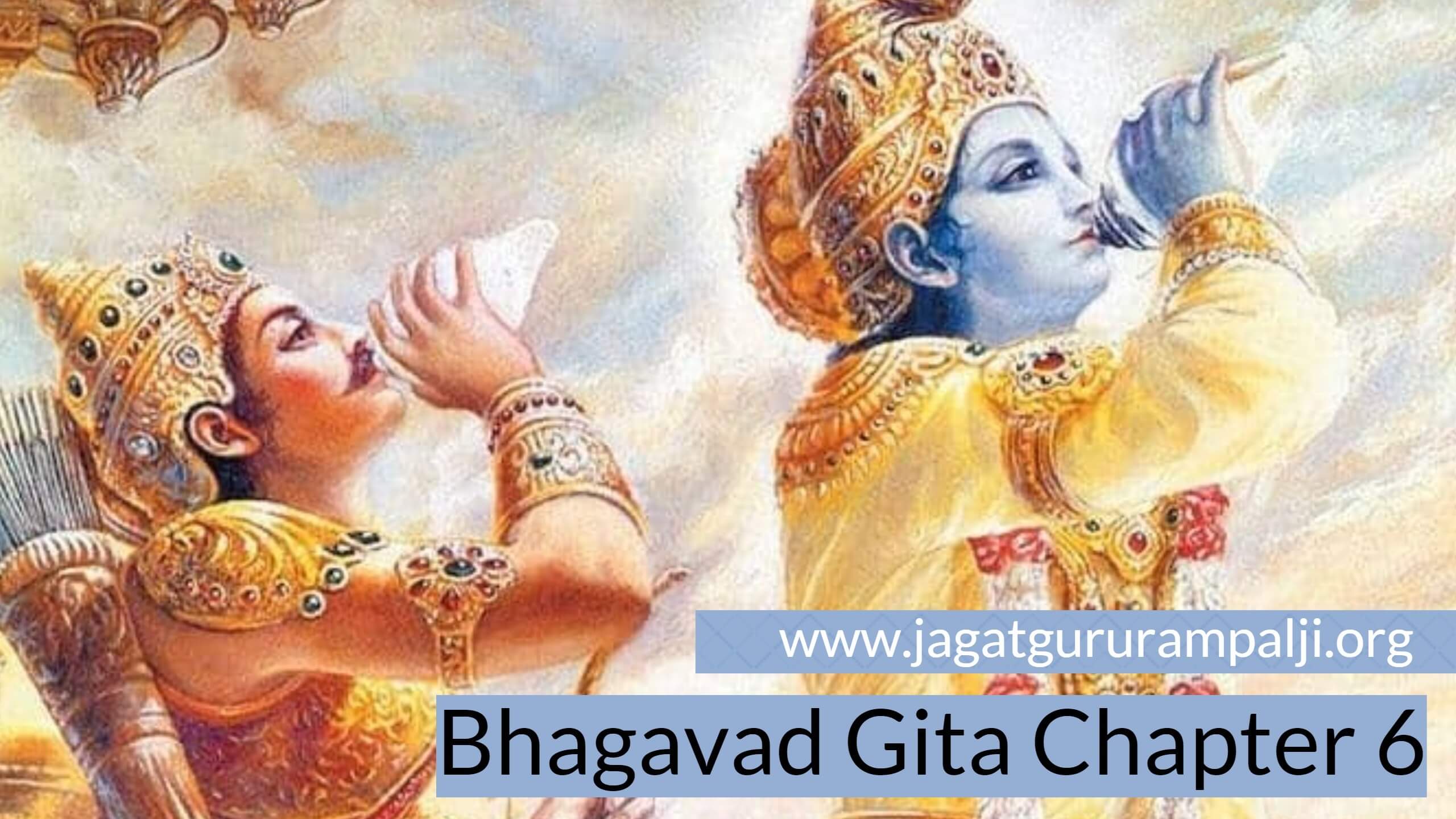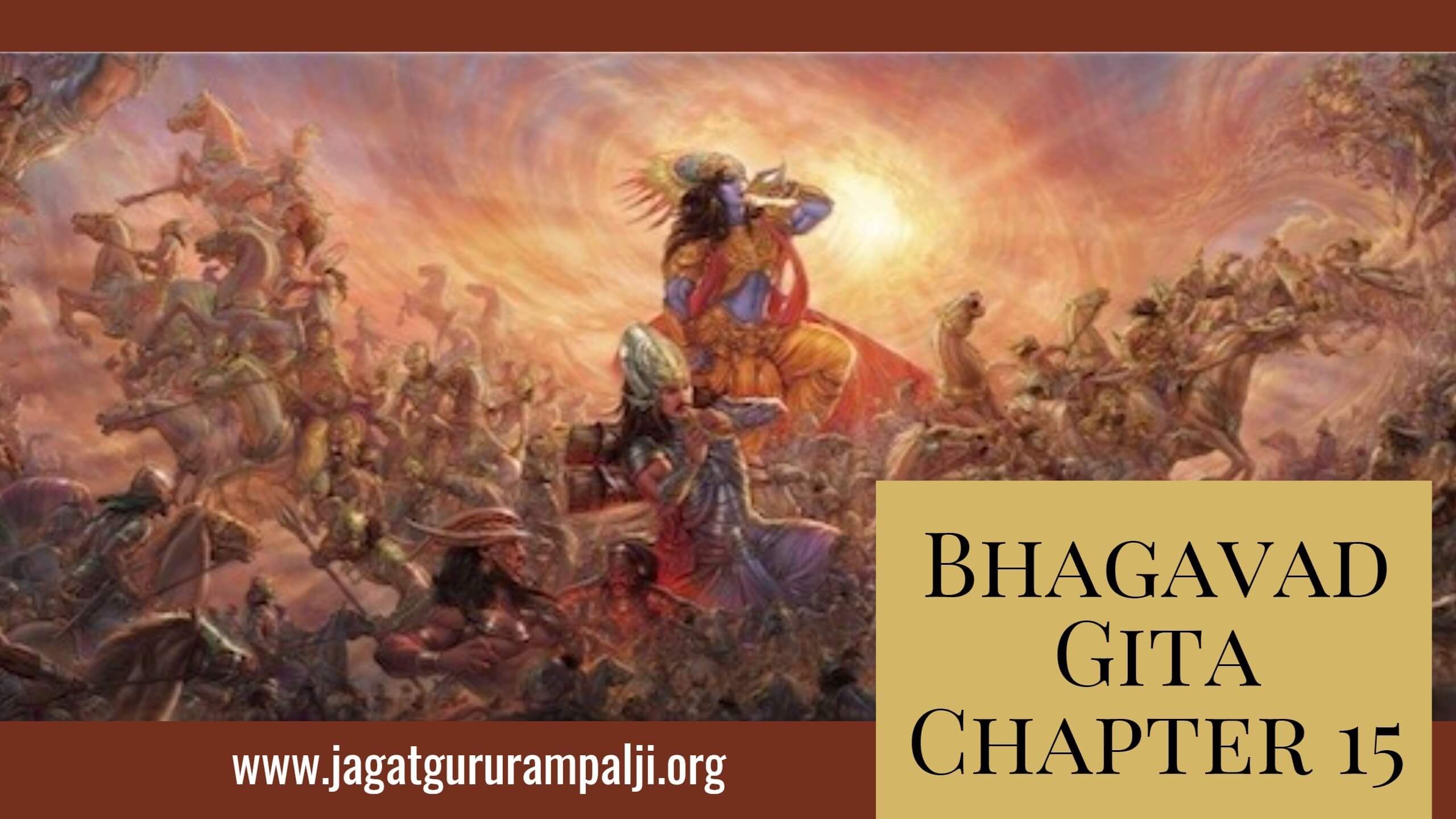Bhagavad Gita Chapter 6 sets the stage for this enthralling narrative, offering readers a glimpse into a story that is rich in detail and brimming with originality from the outset. This chapter delves into the practice of Dhyana Yoga, exploring the techniques and benefits of meditation for self-realization. It also Artikels the qualities of a true Yogi, providing guidance on how to cultivate these traits in one’s own life.
Chapter 6 of the Bhagavad Gita is a profound exploration of the path to self-realization through meditation and the cultivation of yogic qualities. It offers timeless wisdom and practical techniques that can help us navigate the challenges of life and find inner peace and fulfillment.
Introduction to Bhagavad Gita Chapter 6

Chapter 6 of the Bhagavad Gita, titled “Dhyana Yoga,” holds immense significance within the sacred text. It delves into the profound practice of meditation and its transformative power in guiding us towards spiritual liberation. The chapter unveils the path to inner peace and self-realization through the mastery of the mind and the cultivation of a deep connection with the divine.
In the realm of spiritual wisdom, Bhagavad Gita Chapter 6 offers profound insights into the nature of the mind and its control. Its teachings resonate with the principles explored in the “Nami Defiled Chapter 2” here , emphasizing the importance of self-discipline and the purification of the mind.
By delving into both these texts, we embark on a transformative journey that leads us towards spiritual liberation and inner peace, as we unravel the complexities of the mind and harness its potential for self-mastery.
At the heart of Chapter 6 lies the exploration of the concept of Dhyana, a form of meditation that transcends mere concentration. It involves a profound immersion in the divine, where the mind becomes a mirror reflecting the boundless presence of the Supreme. Through this practice, we transcend the limitations of the ego and align our consciousness with the universal consciousness.
In Bhagavad Gita Chapter 6, Krishna explains the path to self-realization through the practice of meditation and detachment. It’s a chapter that’s packed with wisdom and insights. But if you’re looking for a more modern take on the subject, check out the novel “When His Eyes Opened” Chapter 100 . It’s a captivating story that explores the themes of love, loss, and redemption.
And it’s sure to leave you with a newfound appreciation for the teachings of Bhagavad Gita Chapter 6.
Historical and Cultural Context
The Bhagavad Gita emerged during a transformative period in ancient India, a time of profound spiritual and philosophical inquiry. Chapter 6, in particular, reflects the growing emphasis on meditation and self-realization as central pillars of spiritual practice. The chapter’s teachings resonated deeply with the spiritual seekers of the era, who yearned for a deeper understanding of the divine and their own place within the cosmos.
In the spiritual realm, Bhagavad Gita Chapter 6 highlights the path to liberation through self-realization. While we delve into the complexities of this chapter, it’s intriguing to consider the concept of heroes. As we explore is this hero for real chapter , we can draw parallels to the virtues and challenges faced by Arjuna in Chapter 6. Ultimately, both realms invite us to reflect on the nature of true heroism and the unwavering pursuit of self-discovery.
Dhyana Yoga: Bhagavad Gita Chapter 6

Dhyana Yoga is the practice of meditation, a powerful tool for self-realization. By calming the mind and focusing on the present moment, meditation allows us to connect with our inner selves and gain a deeper understanding of our thoughts, emotions, and actions.
In Chapter 6 of the Bhagavad Gita, Lord Krishna describes the techniques and benefits of Dhyana Yoga. He emphasizes the importance of finding a quiet place, sitting in a comfortable position, and closing our eyes. We should then focus our attention on a single object, such as the breath, a mantra, or a deity.
Benefits of Dhyana Yoga
The benefits of practicing Dhyana Yoga are numerous. It can help us to:
- Reduce stress and anxiety
- Improve concentration and focus
- Increase self-awareness and understanding
- Promote emotional balance and well-being
- Deepen our connection to the divine
Incorporating Dhyana Yoga into Daily Life
Dhyana Yoga can be incorporated into our daily lives in many ways. We can set aside a specific time each day for meditation, or we can practice it for a few minutes throughout the day. Here are a few simple ways to get started:
- Sit in a comfortable position with your back straight.
- Close your eyes and focus on your breath.
- Notice the rise and fall of your breath as you inhale and exhale.
- If your mind wanders, gently bring it back to your breath.
- Start with a few minutes each day and gradually increase the duration as you become more comfortable.
With regular practice, Dhyana Yoga can help us to cultivate a deeper sense of peace, clarity, and well-being.
The Qualities of a Yogi

A true Yogi possesses a unique set of characteristics and qualities that set them apart from ordinary individuals. These qualities include unwavering focus, emotional stability, and a profound connection to the divine. Cultivating these qualities is not an easy task, but it is essential for anyone seeking to achieve spiritual enlightenment.
Cultivating the Qualities of a Yogi, Bhagavad gita chapter 6
To cultivate the qualities of a Yogi, one must engage in a consistent practice of meditation, self-reflection, and selfless service. Meditation helps to calm the mind and bring about a state of inner peace. Self-reflection allows one to identify and address their weaknesses, while selfless service helps to develop compassion and empathy.
Stories of Yogis
Throughout history, there have been countless individuals who have embodied the qualities of a Yogi. One such example is the Indian sage Patanjali, who is considered to be the father of Yoga. Patanjali’s teachings on Yoga have been passed down for centuries and continue to inspire practitioners around the world.
Another example is the Tibetan Buddhist monk Thich Nhat Hanh, who is known for his teachings on mindfulness and compassion. Thich Nhat Hanh has established numerous monasteries and meditation centers around the world, and his teachings have helped to bring peace and healing to countless people.
Last Word

In summary, Bhagavad Gita Chapter 6 provides a comprehensive guide to the practice of Dhyana Yoga and the qualities of a true Yogi. It emphasizes the importance of meditation for self-realization and offers practical techniques for incorporating it into our daily lives. The chapter also Artikels the characteristics of a Yogi, providing a roadmap for personal growth and spiritual development. By embracing the teachings of Chapter 6, we can embark on a transformative journey towards inner peace, self-awareness, and ultimately, liberation.
